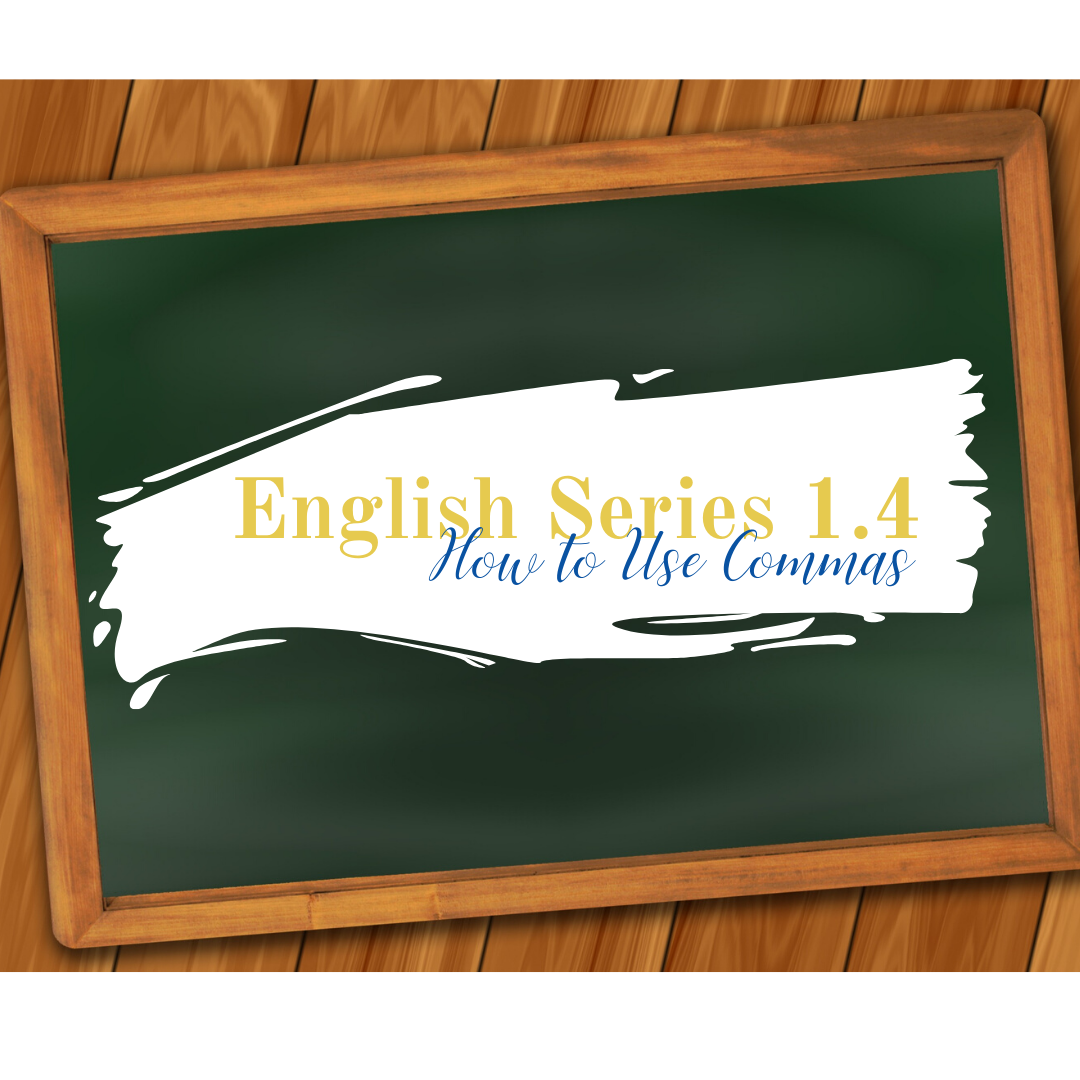Comma Rules for the ACT
No doubt about it. Commas are the most commonly misused punctuation mark, and we’re walking you through the ins and outs of comma usage to make sure that you are ready for the English ACT.
We are addressing the main situations in which you will either need to use the comma or be tempted to use the comma.
Lists
Correct: I think everyone in my high school has a TikTok, Instagram, and Facebook account.
Incorrect: I think everyone in my high school has a TikTok Instagram and Facebook account.
Always use commas when you are listing three or more items. Many people disagree on how necessary the comma before the “and” is, but for the sake of the ACT, always add that comma! This is called the Oxford Comma.
Introductory phrases
Correct: Before you drive home, can you pick up some veggies from the grocery store?
Incorrect: Before you drive home can you pick up some veggies from the grocery store?
If a dependent clause begins a sentence, it is an introductory phrase that must be followed by a comma. The ACT includes this type of question on just about every English test we’ve seen, but don’t be surprised if the test flips it around. Let’s use the previous sentence as an example —
Incorrect: Can you pick up some veggies from the grocery store, before you drive home?
Correct: Can you pick up some veggies from the grocery store before you drive home?
When the phrase “before you drive home” is moved to the back of the sentence, a comma is no longer necessary.
Joining Two Sentences
Correct: My dog is always happy to see me, but my cat seems indifferent.
Incorrect: My dog is always happy to see me but my cat seems indifferent.
As we discussed in a previous blog post, you need both a comma and a conjunction to combine two complete sentences. If you would look to read more on this topic, we go more in depth on this HERE!
Always double check your ACT answer to be sure you’re adding the comma in the correct place.
Appositives
This is just a fancy word for a noun or noun phrase describing the noun or pronoun next to it. There are nonessential and essential appositives.
Nonessential appositive —
Our neighbor, the guy with the red hair, came by for a visit this afternoon.
Essential appositive —
The movie The Secret Life of Walter Mitty is playing tonight at the theater.
As a rule of thumb, if you can read the sentence without the appositive, and it still makes perfect sense, it is a nonessential appositive, and you need to set it off with commas. If the sentence makes no sense, the appositive is essential, and you do not need to use commas.
Two adjectives
When two adjectives describe the same noun, place a comma between them.
Correct: The big, yellow house at the end of street is where I grew up.
Incorrect: The big yellow house at the end of the street is where I grew up.
Commas with Quotations
Correct: “I love cooking and baking,” he said quickly, “but I just don’t do it often.”
Incorrect: “I love cooking and baking”, he said quickly “but I just don’t do it often.”
Pay close attention to where you put your comma when using quotes! It might seem like such an insignificant detail, but it can mean the difference of one or two ACT points.
Commas go before the quotation mark, but, as always, there is an exception. If someone is quoting what another person said, then it will look like this:
My dad told me to “always check your car’s oil before a long road trip,” and to this day, that is exactly what I do.
